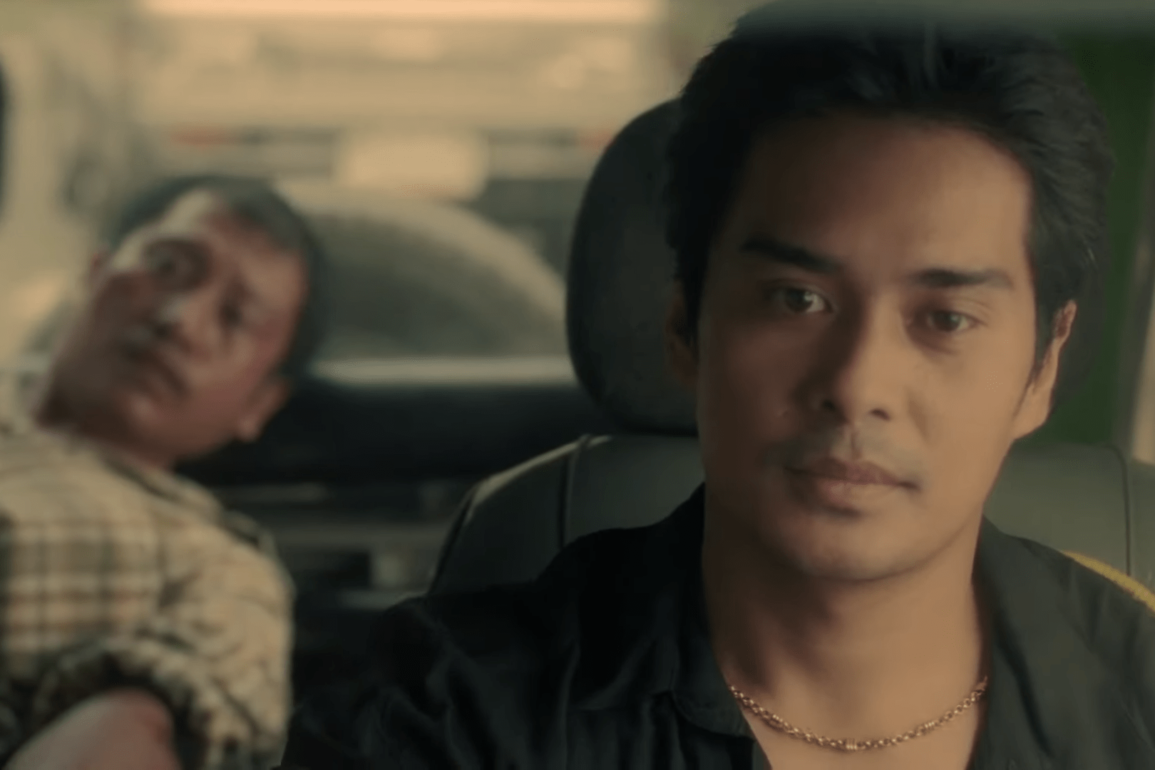
EDITOR’S NOTE: This review first appeared on Unreel on February 26, 2020. It’s being republished as part of the upkeep of our writing archive.
THE PHILIPPINES’ FIRST Palme d’Or was awarded at the turn of the twenty-first century: A thirteen-minute journey that follows a drifter (Ronnie Lazaro) haunted by the shadows that plague the city.
The short film is titled Anino, and director Raymond Red is right to title it as such. For its main character — the city of Manila, not the aforementioned drifter — eyes shadows lurking in its every corner. You see it at the periphery: its aimless citizens, the systemic injustices pulsating underneath its dirty grey skies, and the stench of desperation that reeks from its barren canals. The film is reminiscent of Brocka’s world, but one with dimmed-out neon lights and its proverbial claws blunt with lifelessness.
At the center is Lazaro’s down-on-his-luck photographer, who, like many, decides to move into the city hoping to earn money. “There’s no money here,” retorts an enigmatic man in black, played by John Arcilla, taunting that maybe life, and life here in particular, feels nothing but a simulation. Maybe it is?
In a few incredible frames, we get the sense that Red agrees. Running for merely thirteen minutes, the film flows like water trickling downstream. The film leaves you in such a haze, unenlightened with what the film is about exactly. But the film dares you to try, anyway.
Along the way, we meet street children, corrupt cops, and a particularly irate man (Eddie Garcia). These people, like their city, are haunted by their shadows. When the man in black confronts the drifter about taking photos, he exclaims: “You are stealing their souls.” You can say the same thing about Red. And you can feel strongly that he’s at peace with that.
Anino
2000 | Drama | dir. Raymond Red
In Manila, a solitary man from a far-away province lives in poverty. The only thing he has is a camera, and he stays at churches hoping people will hire him to take their photographs. During one day, he has three encounters that change his life: the first, with a smooth-talking young man who’s standing by the church door who berates him for wasting his life in church, the second with a boy who offers to take his picture, and the third with a Mercedes-driving man who’s been stuck in traffic and has no patience left. Is there any deliverance from the soullessness of the city?

